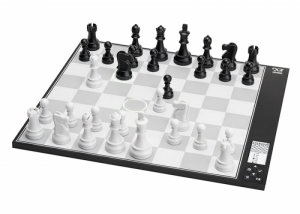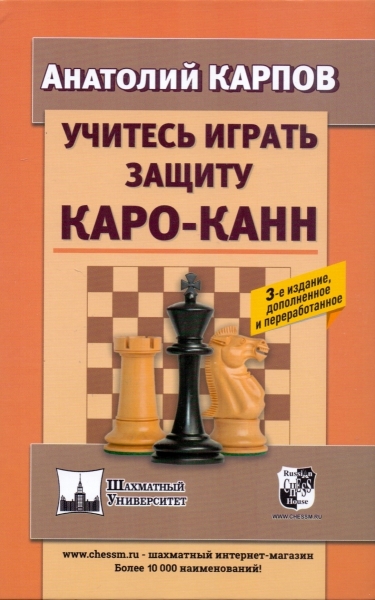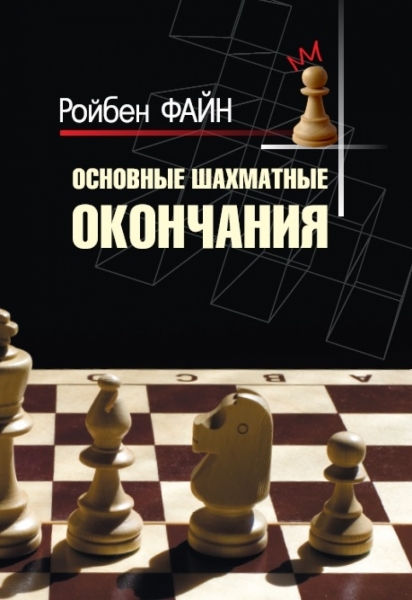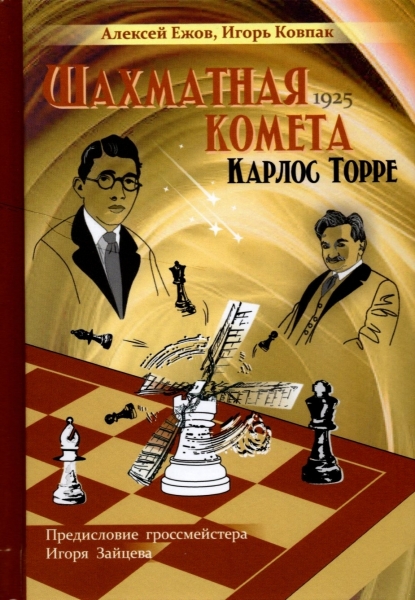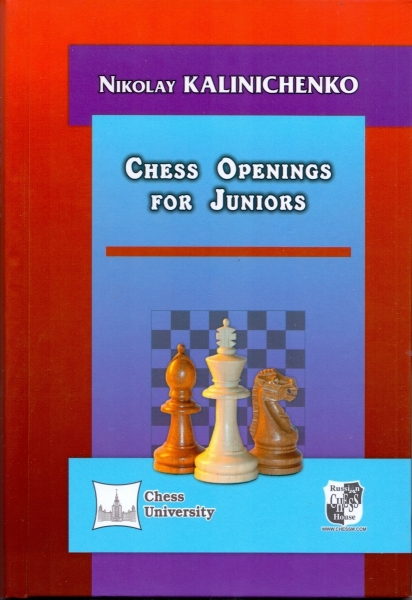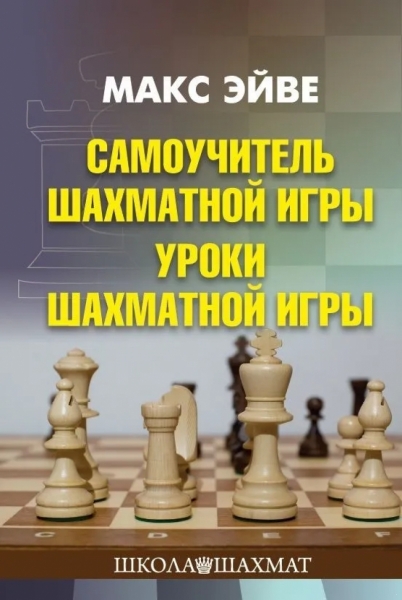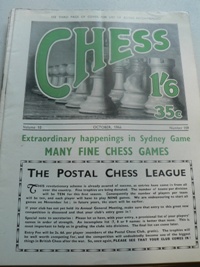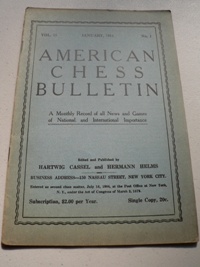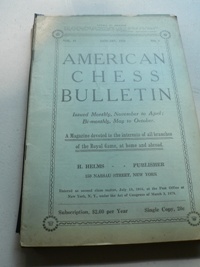Foreign editions of VIP
-
omplete year of Chess, Volume 8 - 1942 (Oct. - Sept.). Unbound. Good condition with normal wear.
-
Complete year of Chess, Volume 10 - 1944 (Oct. - Sept.). Unbound. Good condition with normal wear.
-
Complete year of the American Chess Bulletin - 1914. Unbound with normal wear to wrappers. Internally good
-
Complete year of the American Chess Bulletin - 1919. Unbound with normal wear to covers. March issue has tape on spine and covers are badly chipped. Internally good
-
. Vol. 4, 1942, issues 1-12, 4-page index + 172 pages; vol. 5, 1943, issues 1-12, 4-page index + 144 pages; vol. 6, 1944, issues 1-12, 4-page index + 148 pages; vol. 7, 1945, issues 1-4, 5-6, 7-8 and 9-10, 120 pages, complete with 4-page index. Red cloth spine with red paperboards. Very good. In vol. 7 there is a problem with pages 30/31 – it was not cut properly during production, so some text near margins is missing.
-
1474, a verbatim reprint of the first edition. With an introduction by William E. A. Axon. London 1883. lxxii + 201 pages. Brown leather gilt spine and green cloth boards. Very good.
-
, by Dr. Emanuel Lasker. New York (1910). xvi + 192 pages. Recently re-bound in grey/beige cloth, with original upper cover laid on. Very good.
-
Boston 1898. xv + 462 pages. L/N 1146. In original green cloth, with embossed gilt upper cover and gilt spine. Some rubbing to spine and covers, spine bumped, otherwise very good.
-
, by H. Kmoch and L. Prins. Amsterdam (1947). 97 pages. Annotated games, cross-tables, some photos. Paperboards. Very good.
-
Translated from the French, with notes by George Walker. London 1847. xx + 291 pages. In original green cloth with embossed covers and gilt spine. Spine faded, foxing to title-page, very good
-
Paper covers. Spine is slightly chipped, water-stain to front cover, paper browned as common for that period. Very good. Rare in such good condition.
-
5 leaves + 130 pages + 3 leaves (index and errata). . In wine cloth with gilt spine. Small stains (discolouration) to the upper cover, otherwise very good.
-
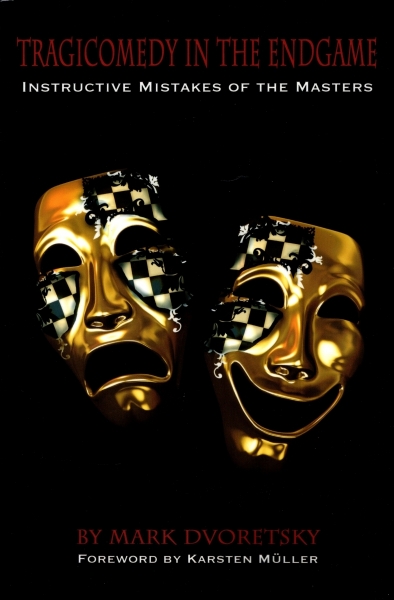 Chess book: Tragicomedy in the endgame. Instructive mistakes of the masters by Mark Dvoretsky
20.00 $
Chess book: Tragicomedy in the endgame. Instructive mistakes of the masters by Mark Dvoretsky
20.00 $
-
 Fundamentals of practical endgame
Author:
Fundamentals of practical endgame
Author:
Getmanchuk 13.33 $ -
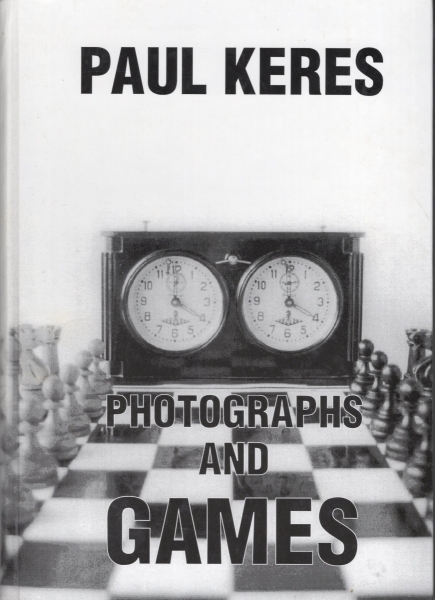 Photographs and games / Photos and Parties
Author:
Photographs and games / Photos and Parties
Author:
Keres 116.67 $ -
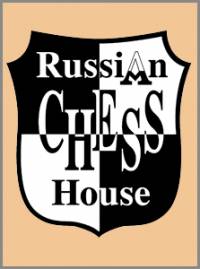 Beginning and middle of the checkers game
Author:
Beginning and middle of the checkers game
Author:
Kuperman 36.67 $ -
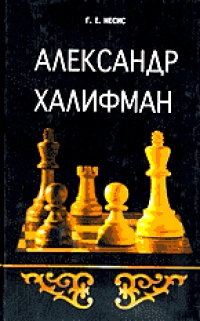 Alexander Khalifman
Author:
Alexander Khalifman
Author:
Nesis 43.33 $ -
 Chess task book
Author:
Chess task book
Author:
Shumilin 40.00 $ -
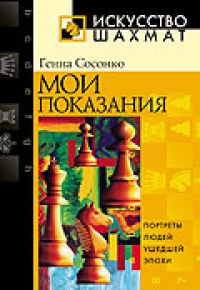 My testimony
Author:
My testimony
Author:
Sosonko 63.33 $ -
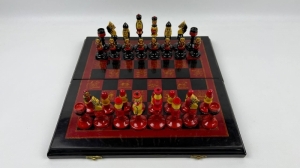 Wooden souvenir chess
190.00 $
Wooden souvenir chess
190.00 $
-
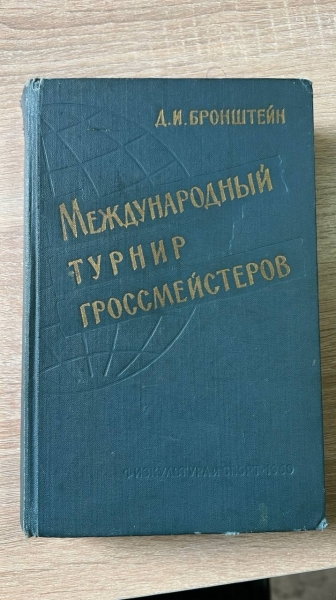 International Grandmaster Tournament
Author:
International Grandmaster Tournament
Author:
Bronstein 21.10 $ -
 Author:
Author:
Fisher 15.00 $
 Русский
Русский  Английский
Английский 